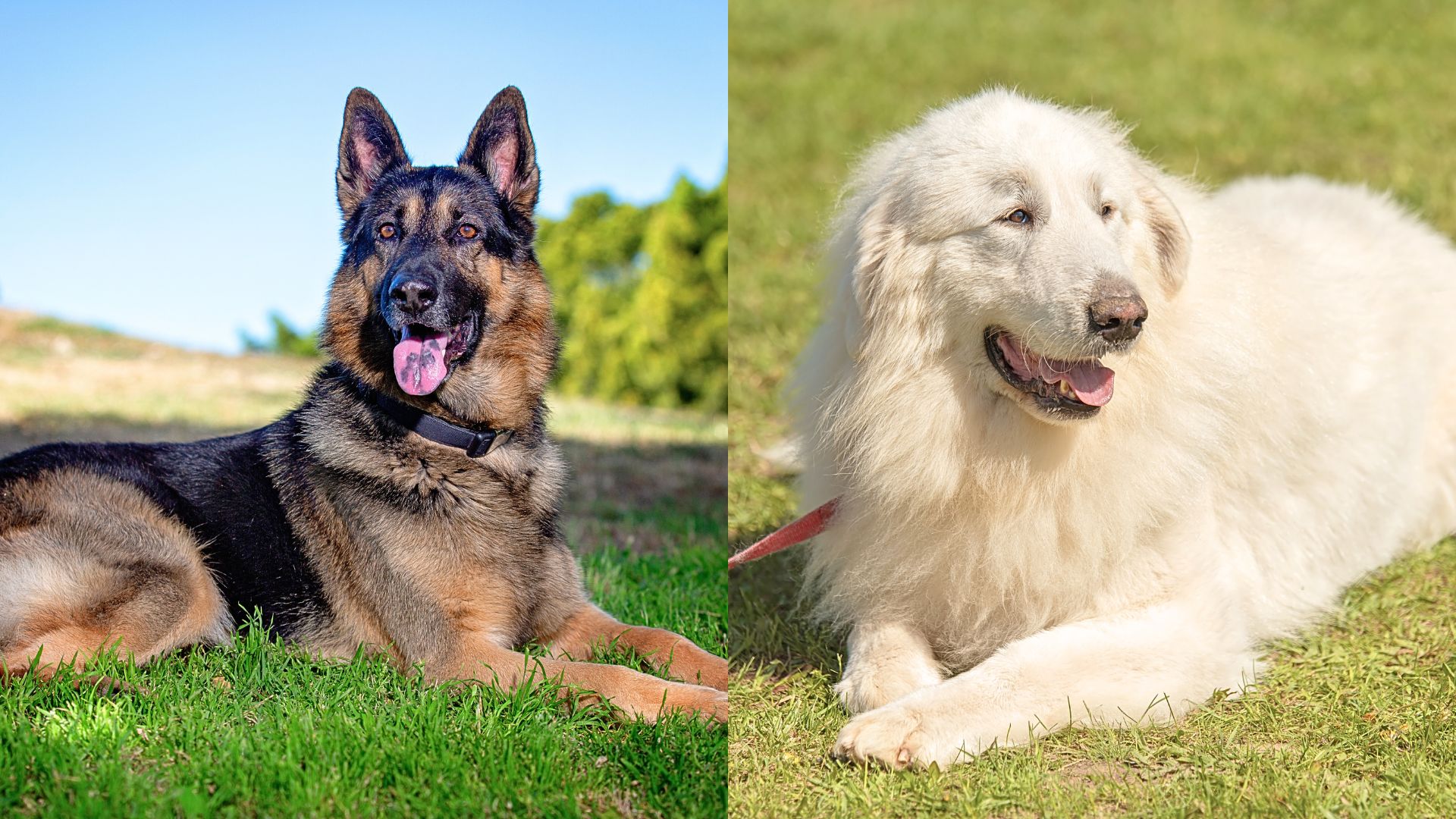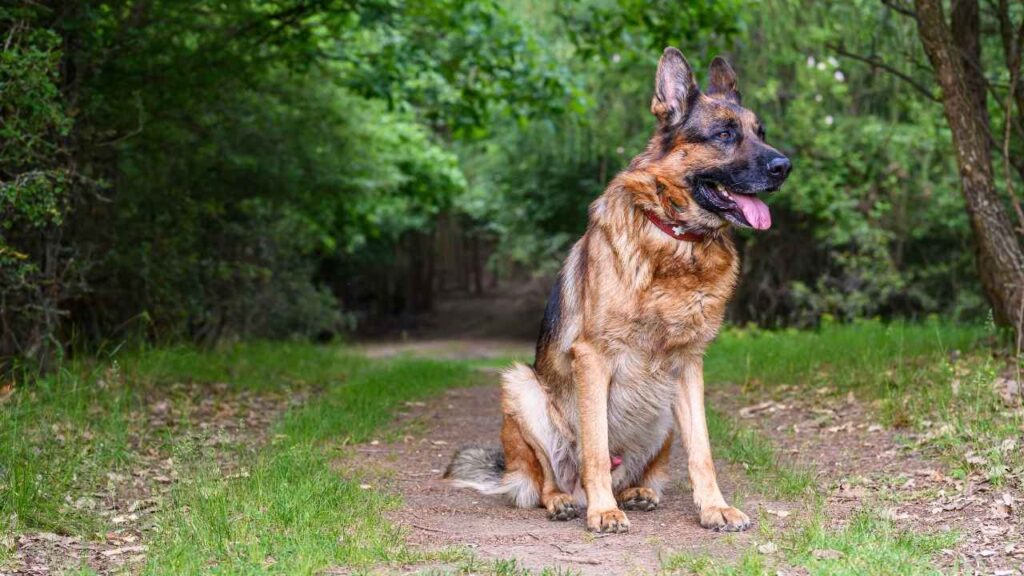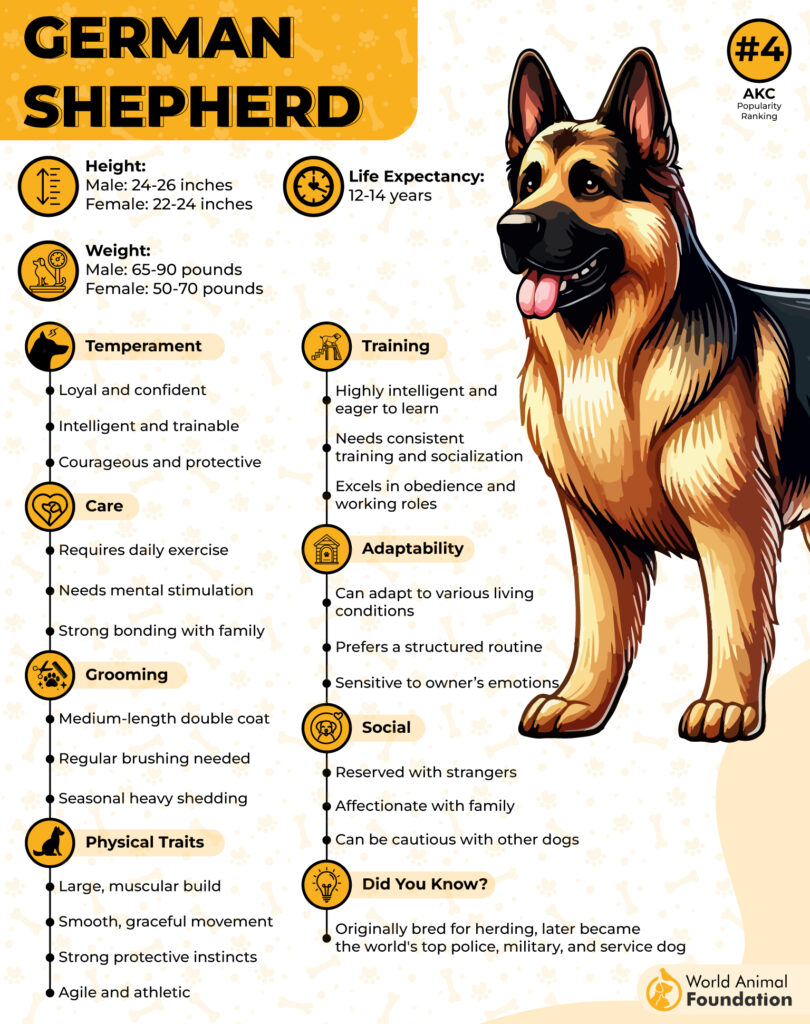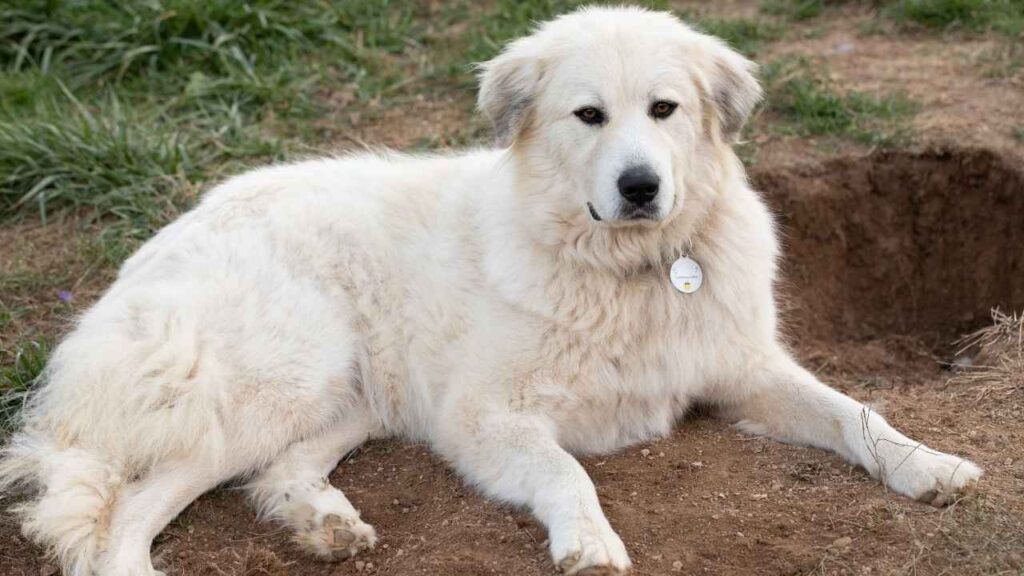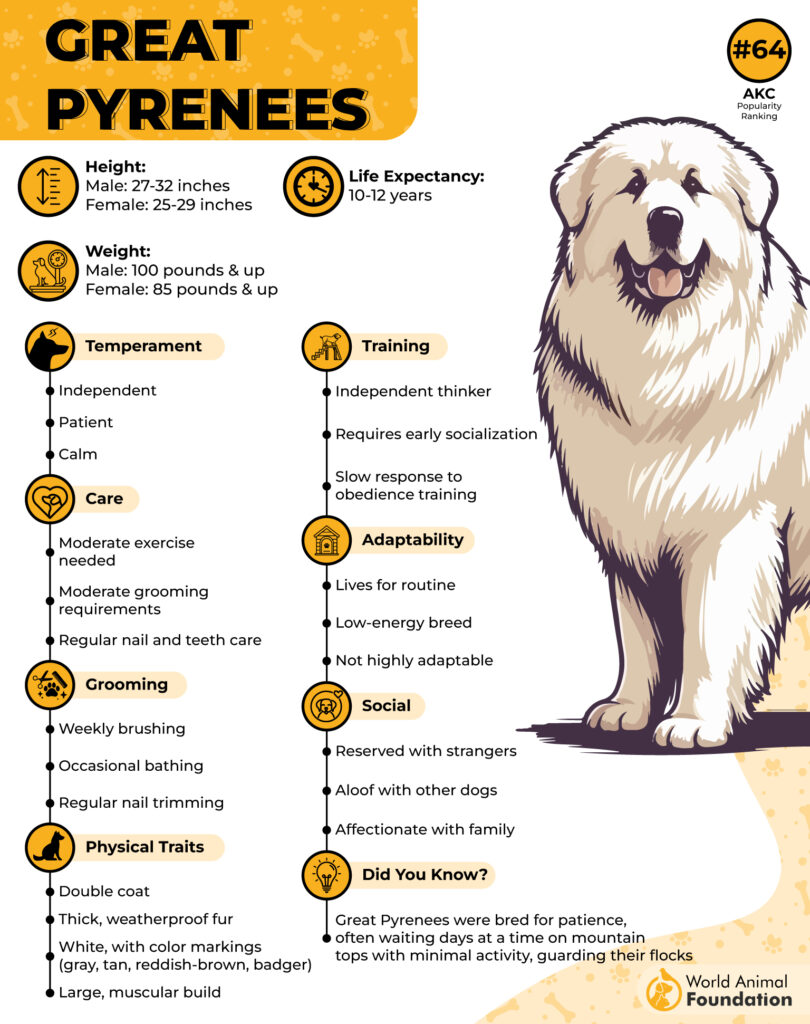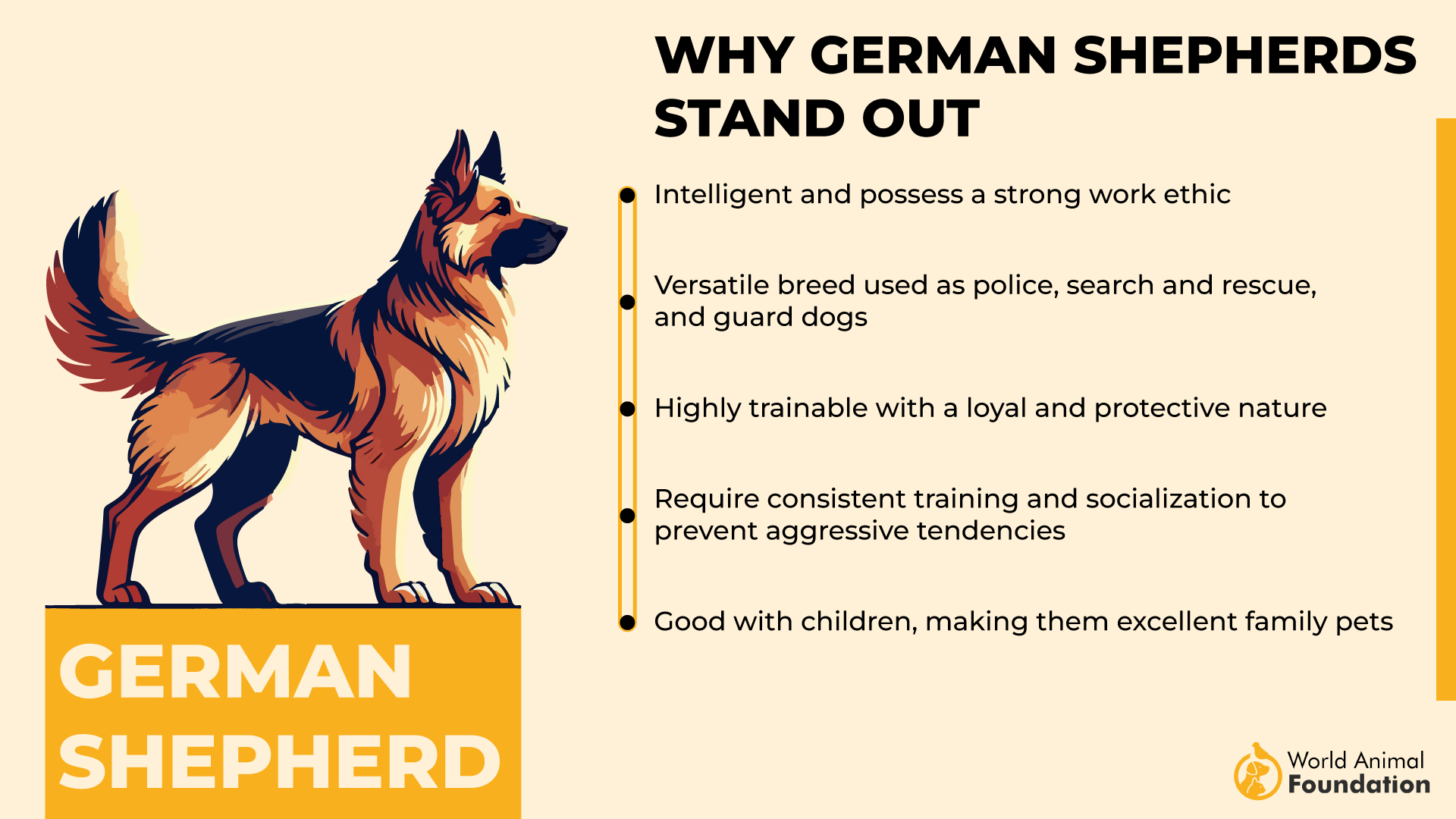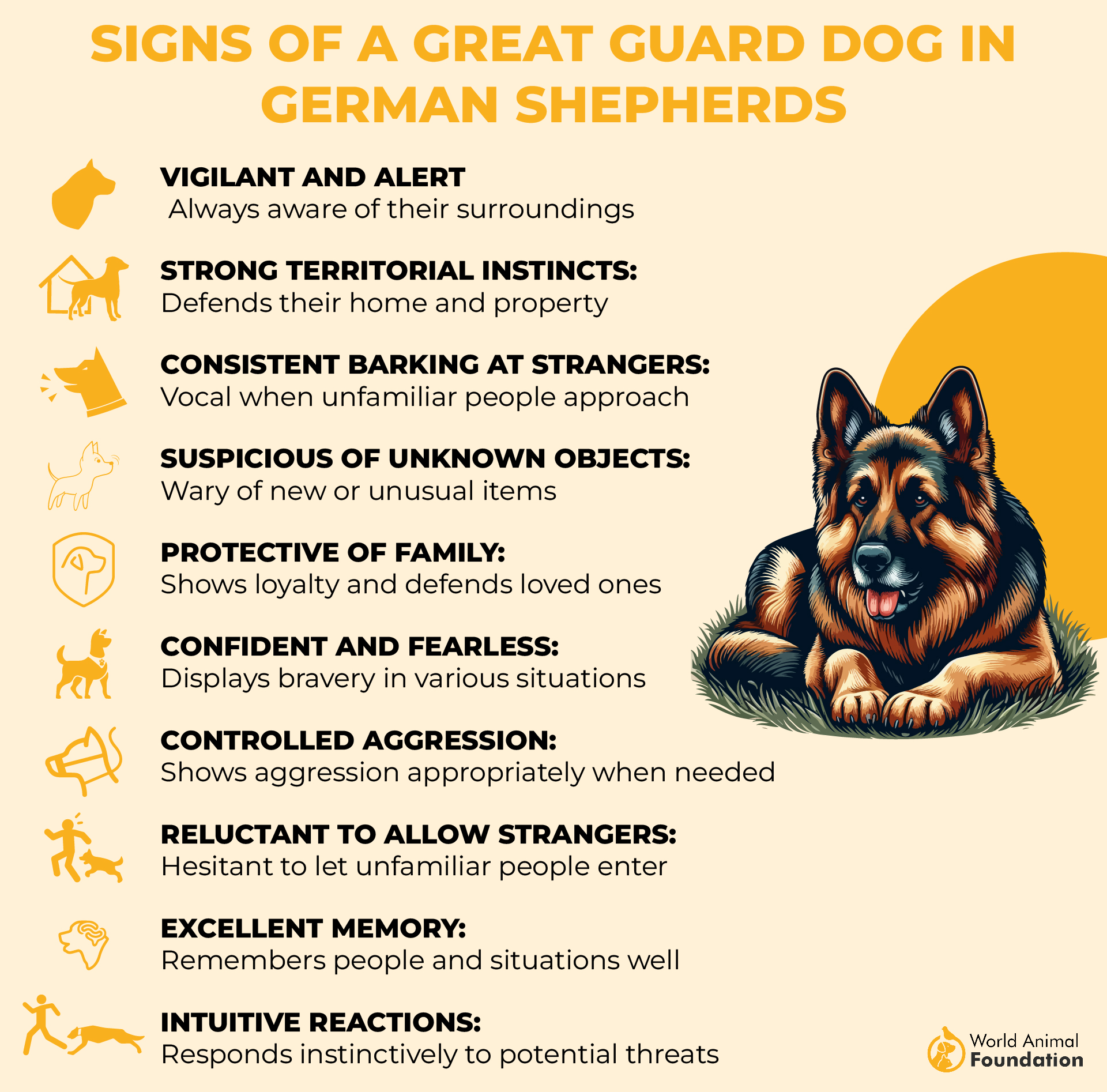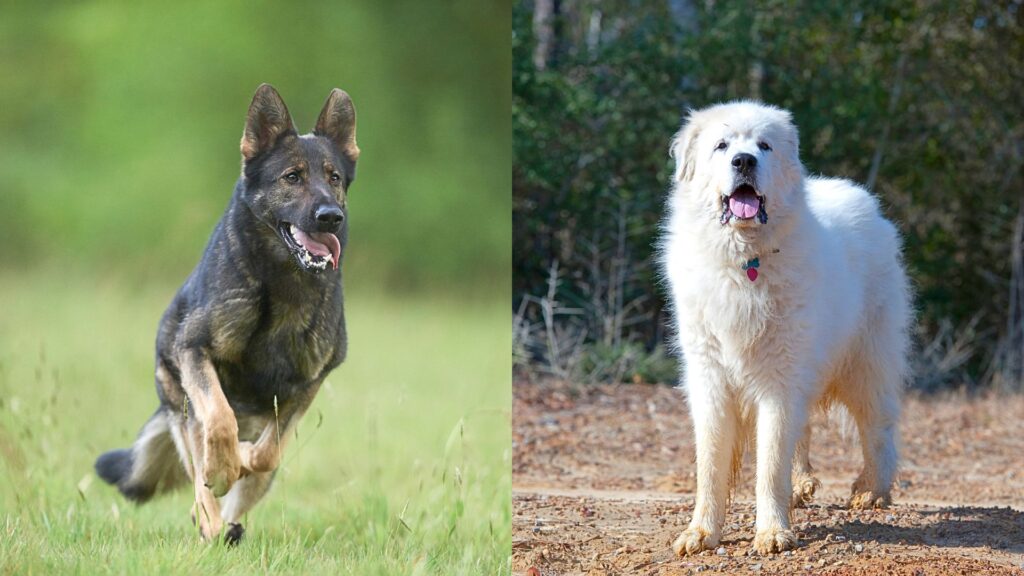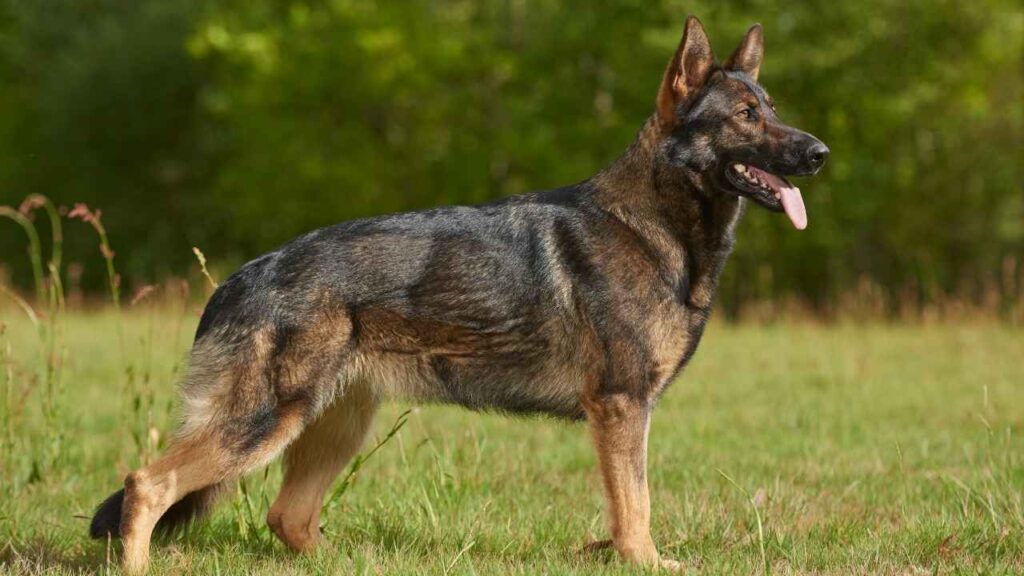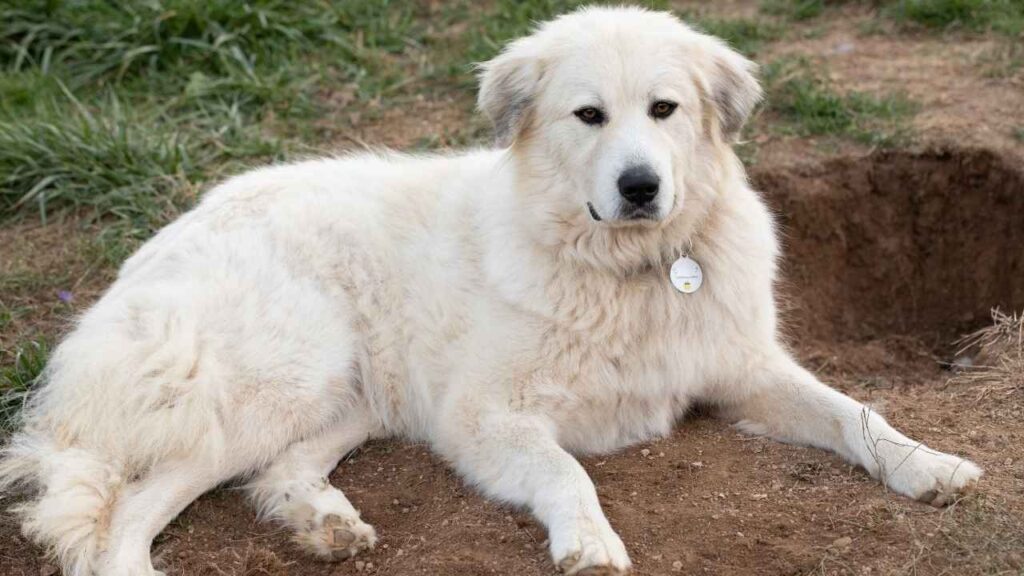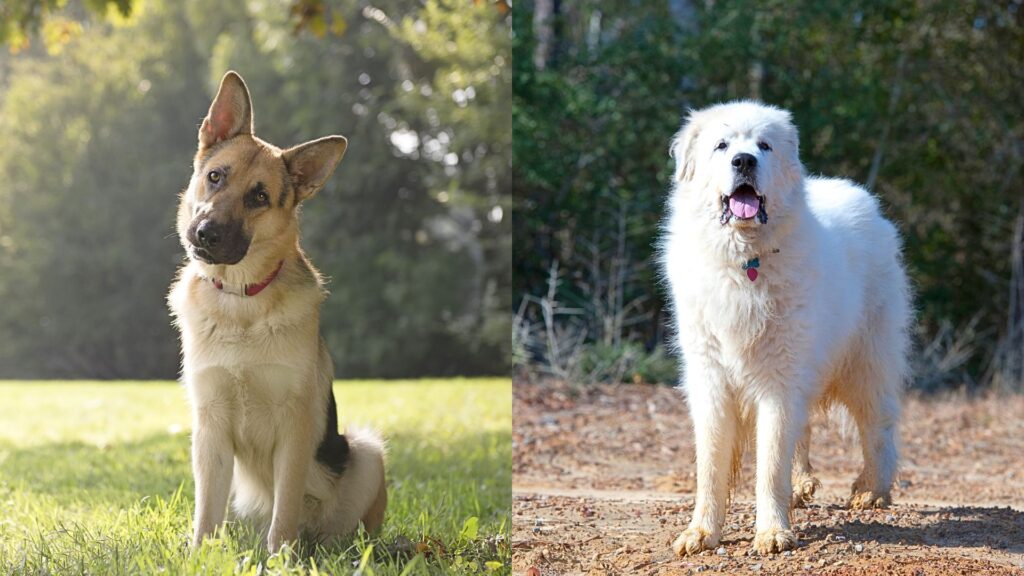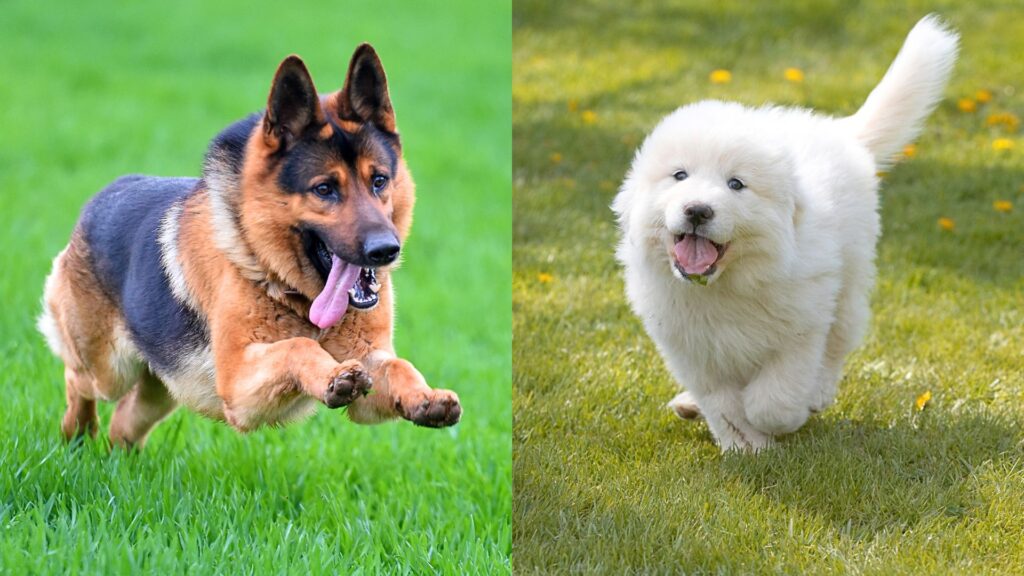Choosing between a German Shepherd and a Great Pyrenees can be a delightful yet challenging decision for any potential dog owner. Both breeds boast unique qualities that cater to different lifestyles and preferences. The German Shepherd, known for its intelligence and versatility, is often favored in roles requiring sharp alertness and loyalty. Conversely, the Great Pyrenees exudes a gentle, protective nature, with a history of safeguarding livestock. This comparison uncovers the characteristics, temperaments, and needs of each breed, helping you discover which noble canine companion aligns best with your life and fulfills your expectations.
Choosing the perfect dog isn’t just about looks—it’s about finding a loyal companion that fits your lifestyle. If you’re torn between the intelligent, hardworking German Shepherd and the gentle yet fiercely protective Great Pyrenees, you’re not alone. Both breeds bring unique strengths, but they thrive in very different environments.
The German Shepherd, a brilliant and trainable worker, is known for its devotion and versatility, while the Great Pyrenees, a calm and independent guardian, excels in protecting livestock and families alike. But which one is right for you?
In this guide, we’ll break down the key differences—from temperament and trainability to health, grooming, and adaptability—so you can confidently choose the best fit for your home. By the end, you’ll know exactly which breed matches your needs and personality. Let’s dive in!
German Shepherd vs. Great Pyrenees
When it comes to dog breeds, few stand out as much as the German Shepherd and the Great Pyrenees—two incredible dogs with rich histories.
German Shepherd
Bred in the late 1800s in Germany, German Shepherd dogs were originally designed for herding and protecting livestock. But thanks to their intelligence and trainability, they quickly became the go-to breed for police work, search-and-rescue, and even service roles. Today, German Shepherd owners appreciate their loyalty, versatility, and strong protective instincts.
Great Pyrenees
On the other hand, this ancient breed hails from the Pyrenees Mountains between France and Spain. Unlike the German Shepherd, the Pyrenees were bred to guard flocks against predators, working independently without human guidance. While they are gentle giants at home, their instinct to protect remains strong—even around other dogs and other pets.
Great Pyrenees vs. German Shepherd: Size and Weight Comparison
If size matters in your decision, these two dog breeds couldn’t be more different!
Size & Weight
-
German Shepherds typically stand 22-26 inches tall at the shoulder and weigh between 50-90 lbs. They have a lean, athletic build with a deep chest and strong, muscular legs, allowing them to move quickly and respond rapidly to commands.
-
Great Pyrenees, on the other hand, are giants, standing 25-32 inches tall and weighing 85-160 lbs. Their large frame, broad chest, and thick double coat make them built for endurance rather than speed.
How Size Affects Their Roles
A German Shepherd pup grows into a strong, muscular dog built for speed and precision, perfect for police work, herding, and protection. Meanwhile, the Great Pyrenees puppies develop into massive, independent protectors, traditionally used to guard livestock. Their size alone is enough to scare off predators.
Which One Fits Your Home?
If you live in a small house, a Pyrenees might be a bit much! They need space to roam, while German Shepherds adapt more easily to different environments. Whether you’re a first-time dog owner or experienced with large breeds, choosing the right fit depends on your lifestyle.
Great Pyrenees vs. German Shepherd: Personality and Temperament Comparison
German Shepherds are intelligent, obedient, and eager to learn, making them highly trainable as Petplan stated. They bond deeply with their owners and thrive on structure. In contrast, the Great Pyrenees are independent and calm, bred to guard livestock without constant commands. While German Shepherds seek engagement, Great Pyrenees are more reserved and prefer affection on their own terms.
When it comes to protectiveness, German Shepherds rely on training to control their instincts. They are cautious around strangers, but socialization helps them differentiate between threats and friendly visitors. The Great Pyrenees are also highly protective but act on instinct rather than training, making them natural guardians.
In terms of sociability, Great Pyrenees are generally better with cats and other pets, thanks to their patient nature. German Shepherds can also live with young children and animals but need early training to avoid dominance issues. The good thing is that both breeds are devoted and protective in their own ways.
Great Pyrenees vs. German Shepherd: Trainability and Intelligence Comparison
German Shepherds are among the most intelligent dog breeds, ranking high in obedience and problem-solving. They pick up commands quickly and excel in structured training, making them ideal for police and service work.
The Great Pyrenees, while also intelligent, are more independent and strong-willed as mentioned by Orvis. Their instincts as livestock guardians mean they think for themselves, which can make training challenging.
When it comes to obedience, German Shepherds are highly responsive and eager to please. They require mental stimulation and regular exercise to stay engaged. In contrast, the Great Pyrenees can be stubborn and slow to follow commands. They respond best to patience and consistency rather than repetitive drills. Early socialization helps both breeds get along with other dogs and pets.
|
Training Style |
Structured & reward-based |
Patient & firm guidance |
|
Response to Commands |
Quick & eager to obey |
Independent & selective |
|
Best for Owners |
Active trainers & first-time owners |
Experienced owners with patience |
|
Exercise Needs |
High – requires frequent walk & mental stimulation |
Moderate – enjoys space but less active indoors |
Both breeds benefit from positive reinforcement but watch for signs of boredom, especially in a highly intelligent breed like the German Shepherd.
Great Pyrenees vs. German Shepherd: Adaptability and Independence Comparison
The German Shepherd adapts well to various environments, including apartments, but thrives in a house with space to roam. They need mental stimulation and regular activity, making them a better fit for active parents. The Great Pyrenees, on the other hand, prefer open areas and struggle in confined spaces due to their strong guardian instincts.
German Shepherd
When it comes to independence, the Great Pyrenees is known for its self-reliance, a trait developed from working alone in fields. While affectionate, they make decisions on their own, unlike the German Shepherd, which seeks guidance and connection with its owner. This makes the German Shepherd easier to train and a great choice for a first dog.
Their adaptability also ties to their coat, with the Great Pyrenees’ thick fur making it more suited for cold climates. The German Shepherd, with its double coat, adjusts better to temperature variations. Both breeds require regular grooming to maintain their lovely appearance.
Great Pyrenees vs. German Shepherd: Health and Lifespan Comparison
Both breeds are prone to genetic conditions, with German Shepherds often experiencing hip dysplasia, degenerative myelopathy, and digestive issues. The Great Pyrenees, on the other hand, may suffer from joint problems, bloat, and heart conditions. Responsible ownership and early screening can help manage these risks.
German Shepherd
The average lifespan of a German Shepherd is around 9-13 years, while the Great Pyrenees typically live between 10-12 years. Female dogs of both breeds may have slightly longer lifespans, especially with proper care. Genetics, environment, and diet play a crucial role in their overall health and longevity.
Great Pyrenees
Preventative care is essential, so working with a trusted breeder ensures fewer hereditary issues. Regular vet visits, exercise, and a proper diet contribute to their well-being. Both breeds need joint supplements and weight management to avoid unnecessary strain on their bodies.
Great Pyrenees vs. German Shepherd: Diet and Weight Management Comparison
Both breeds require a balanced diet rich in protein, healthy fats, and essential nutrients. German Shepherd dogs are highly active, needing high-calorie meals, while the Great Pyrenees require a moderate diet to maintain a healthy weight. A diet formulated for large pets ensures proper growth and development.
Weight management is crucial since puppies of both breeds grow rapidly and need portion control. Overfeeding can lead to obesity, which puts strain on their joints. Large-breed pets should follow structured feeding plans to avoid excessive weight gain and digestive issues like bloating.
Feeding Schedule & Portion Recommendations
Providing high-quality food supports their energy levels and prevents deficiencies. While both breeds are large, their feeding needs differ, making it essential for adult dogs to have diet plans tailored to their activity levels. Proper nutrition helps ensure a long, healthy life.
|
German Shepherd |
3-4 times daily |
2 times daily |
2-3 cups per meal |
|
Great Pyrenees |
3-4 times daily |
2 times daily |
3-4 cups per meal |
7. Great Pyrenees vs. German Shepherd: Grooming and Allergies Comparison
Both breeds are heavy shedders, requiring regular brushing to manage loose fur. The Great Pyrenees has a thick, double coat that naturally repels dirt but still needs grooming as per AKC. German Shepherds shed year-round, with seasonal blowouts requiring extra maintenance. A proper brushing routine helps control shedding and keeps their coat healthy.
Neither breed is hypoallergenic, making them unsuitable for allergy sufferers. Their dense fur traps dander, which can trigger allergic reactions in sensitive individuals. Regular baths and vacuuming help reduce allergens in the home, but shedding remains a challenge. Pet owners should be prepared for a fair amount of fur on their clothes and furniture.
Both breeds experience seasonal coat changes, particularly in spring and fall. The Great Pyrenees develop a thicker coat for winter, requiring more frequent brushing to prevent matting. German Shepherds also shed heavily during seasonal transitions, needing daily grooming during these times.
Conclusion
Both the Great Pyrenees and German Shepherd are exceptional breeds with distinct strengths. If you need a loyal, protective, and highly trainable dog, the German Shepherd is a top choice. On the other hand, the Great Pyrenees is a gentle, independent guardian that thrives in a more relaxed environment.
Understanding their differences in personality, grooming, and training needs can help you make the best choice. No matter which breed you choose, both require commitment, love, and proper care to thrive as wonderful companions.
Choosing between a German Shepherd and a Great Pyrenees depends largely on your lifestyle and needs. German Shepherds are highly intelligent and versatile, making them excellent for active families and those in need of a working or service dog. In contrast, Great Pyrenees are gentle and protective, ideal for families seeking a loyal guardian. They require less mental stimulation but need space to roam. Consider factors like your living environment, activity level, and desired temperament before making a decision. Ultimately, both breeds offer unique qualities, and the best choice hinges on aligning their traits with your personal preferences and lifestyle.

